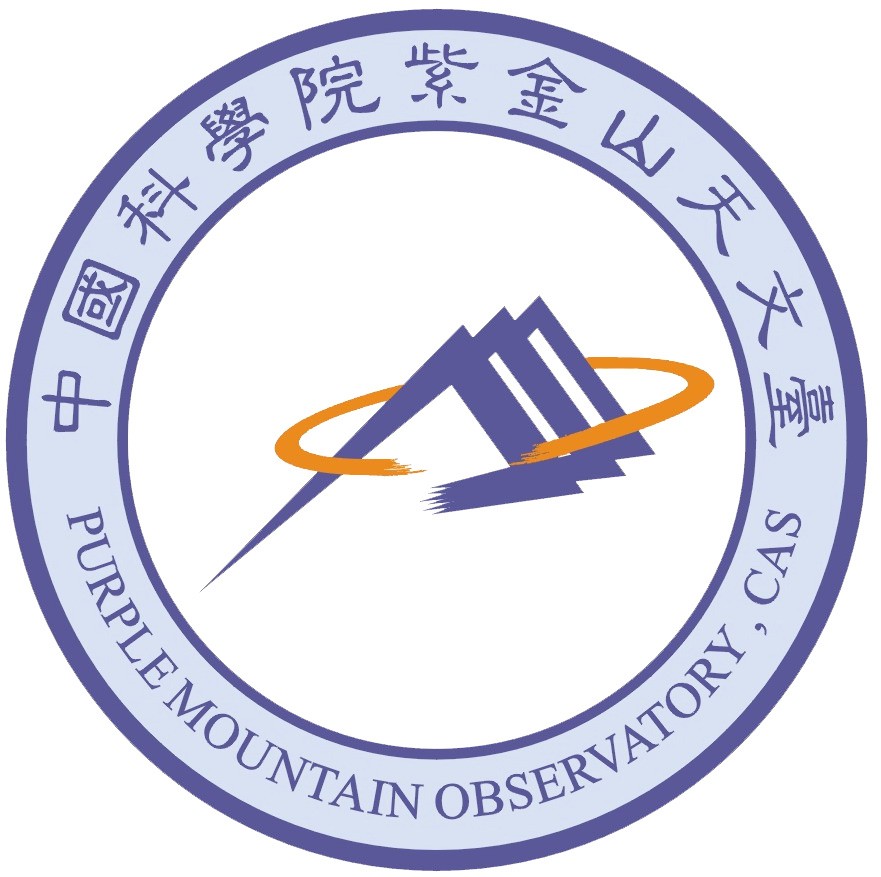“离离暑云散,袅袅凉风起。池上秋又来,荷花半成子。”《中国天文年历》显示,8月23日11时16分迎来2022年“处暑”节气。

天象预报
处暑——白露
太阳
在狮子座运行。目前太阳活动性不强,太阳正面有数群小黑子,可通过带减光的望远镜观测。
月亮
8月29水星合月,日暮后在西方的低空,可以看到水星与一枚2.1月龄的小月牙同框出现,值得观赏。
水星
昏星,在室女座顺行。8月28日水星东大距,与太阳的角距离达27.3°,日落后出现在西偏南方向的低空,观测条件很好。
金星
从巨蟹座顺行至狮子座。与太阳的角距离持续减小,黎明前出现在东偏北方向的低空,肉眼可以观测。
火星
在金牛座顺行。8月27日火星西方照,午夜升起,后半夜至黎明前都可以观测。
木星
从鲸鱼座逆行至双鱼座。夜晚8点左右升起,后半夜至黎明前都可以观测。
土星
在摩羯座逆行。入夜即从东南方升起,整夜都可以观测。
小知识

8月23日02:55,第4号小行星——灶神星冲日。冲日是指太阳系内的天体的地心视黄经与太阳相差180度时的特定位置,灶神星目前位于宝瓶座,亮度为5.8等左右,入夜后从东南方升起,可借助双筒望远镜或小型天文望远镜对其进行观测。
灶神星是太阳系最大的小行星之一,平均直径525千米,是德国天文学家海因里希· 奥伯斯在1807年3月29日发现的。灶神星轨道半长径2.362天文单位,离心率0.089,轨道倾角7.14°,绕日公转周期3.63年,位于小行星主带之中。
灶神星据信有着与地球类似的核幔壳结构,是认识类地行星起演化的理想研究对象,也是深空探测的重要目标之一。目前科学家搜集到约2600块来自灶神星的陨石,这使得科学家对灶神星的地质历史和结构有较深入的研究。根据其岩石学和矿物学特征,灶神星陨石分为:古铜钙长无球粒陨石(howardite)、钙长辉长无球粒陨石(eucrite)和紫苏辉石无球粒陨石(diogenite),合称HED无球粒陨石。
The End of Heat
The End of Heat (Chushu in Chinese) is the 14th solar term of the traditional Chinese calendar. This year it falls on August 23rd at 11:16 (Beijing Time) when the Sun reaches a longitude of 150º. The End of Heat reflects the temperature changing. The canicular day of the year will end on August 25th, which means the intense heat days finally come to an end.

Astronomical Forecast
End of Heat ✦ White Dew
⊙
The Sun
The sun travels in Leo. Currently, solar activity is low, with a few groups of small sunspots on its surface. They can be observed through a telescope with a safe solar filter.
☽
The Moon
On August 29th, Mercury is at conjunction with the moon. Appearing low in the western sky after sunset , Mercury can be seen with a crescent moon aged 2.1 days.
☿
Mercury
Mercury travels in prograde motion in Virgo and appears as an “evening star”. On August 28th, Mercury reaches its greatest eastern elongation, with an maximum angular separation of 27.3º to the sun, and is easiest to see in the low southwestern sky after sunset.
♀
Venus
Venus travels in prograde motion from Cancer to Leo. Its angular distance to the Sun continues to decrease. It appears low in the east by north as a “morning star” before sunrise and can be spotted with the naked eye.
♂
Mars
Mars travels in prograde motion in Taurus. It reaches western quadrature on August 27th. It rises at midnight and can be seen until dawn.
♃
Jupiter
Jupiter travels in retrograde motion from Cetus to Pisces. It rises around 8 p.m. and can be observed from midnight to dawn.
♄
Saturn
Saturn travels in retrograde motion in Capricornus. It rises from the south-eastern sky in the evening and can be observed all night.
轮值主编:赵海斌
制作、编辑:王科超
英文版设计:朱曼清
(金陵中学)ZHU manqing
来源: 紫金山天文台


 科普中国公众号
科普中国公众号
 科普中国微博
科普中国微博

 帮助
帮助
 紫金山天文台
紫金山天文台 
